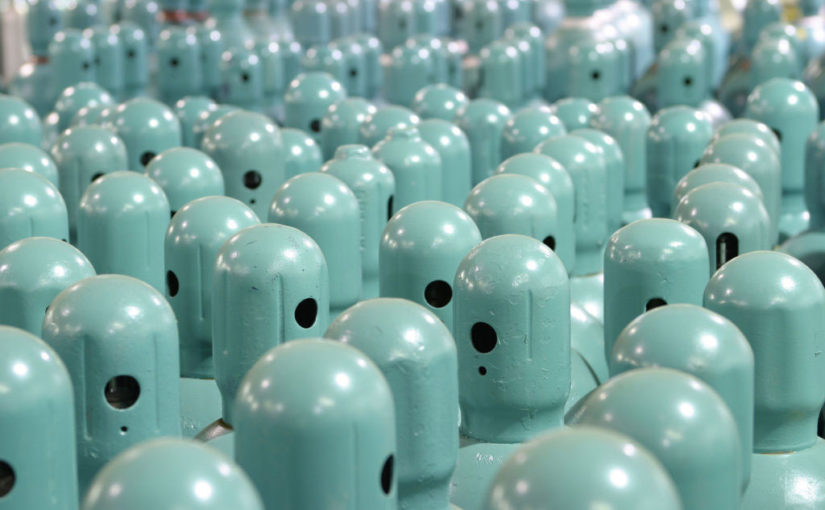While gas may not be at the forefront of your business, one thing every business is concerned about is their bottom line.
And there is one sneaky thing that can have a significant effect and yet is often overlooked—gas. While a relatively smaller expense compared to other materials, your gas supply—from the quality and consistency to handling procedures and inventory—can have a ripple effect that can extend throughout your organization and into your bottom line. To make sure you are getting the most out of your gases, ask yourself the following questions:
How much gas am I using?
As the saying goes, “what gets measured gets managed.” You may know how much gas you buy, but do you really know how much gas you should use? World-class operations measure their usage as part of operating more efficiently and managing their costs.
Am I using the right gases for my operation?
There are right and wrong gases to choose from in every application or industry. Choosing the wrong gas could cost you: producing substandard or non-compliant products, causing your machinery to operate less efficiently, producing inaccurate measurements from your instrumentation, creating less output or using more gas than necessary.
Is my delivery system up to the job?
Perhaps just as important as choosing the right gas is making sure your gas delivery system is appropriate for the type and size of job you are doing. In addition to taking into account the different types of gases available for a particular operation, you should also consider the modes of delivery—everything from cylinders to microbulk and bulk—all in a host of different grades. Similar to how you would select a premium gasoline for optimal performance for you car, the grade of gas and mix you choose can affect your operation.
Choosing the optimal mode of supply will provide you with low-unit-cost economics and substantial opportunity to scale and grow with your production. Tanks can provide consistent flows, efficiencies and time savings along with less down time for changing tanks.
Your gas delivery system could have a big impact on the overall efficiency of your operation, so be sure to regularly check for leaks and make sure valves are closed when not in use. Of particular importance to operations in the R&D, pharmaceutical and food and beverage fields is making sure your gas system is contaminant-free—or else you’re basically pumping clean water through a dirty, leaky straw. During cylinder changes, it is easy for contaminants to enter the system if proper cylinder change procedures aren’t followed. For a guideline on cylinder change procedures click here.
Follow these steps, and you’ll have your whole operation working more effectively and efficiently.
